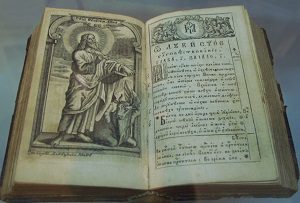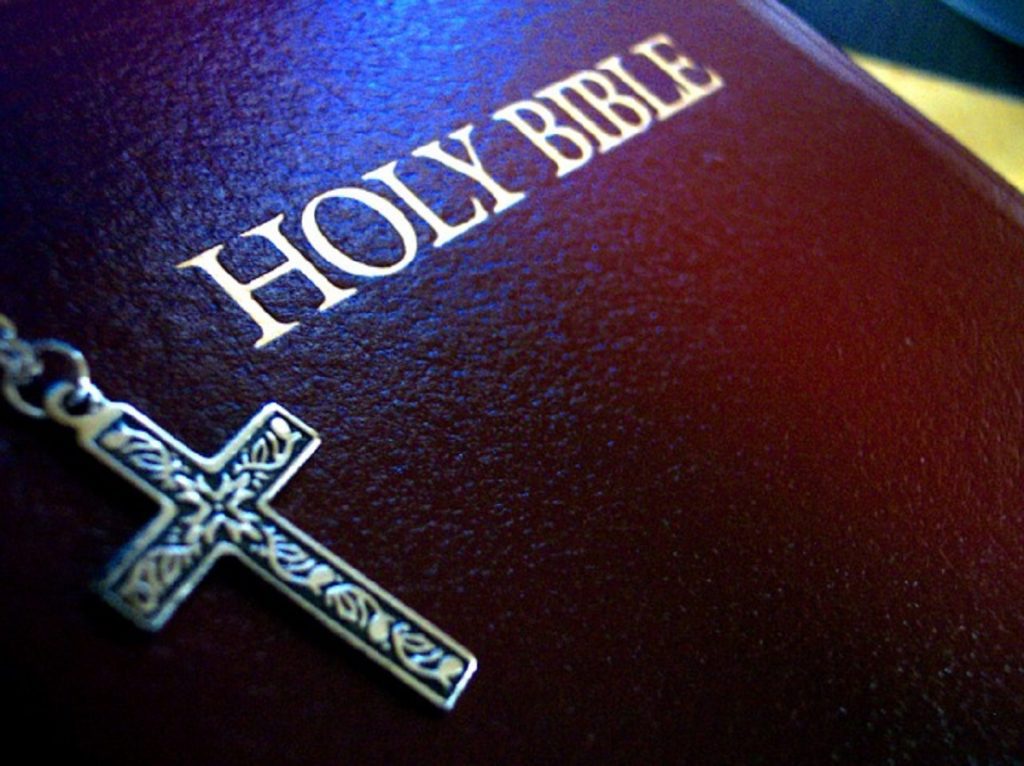
There is always something exciting about archaeological discoveries. These glimpses into the past fascinate humanity, and discoveries that relate to faith are often even more intriguing due to the extra weight and importance lent to them. As such, archaeologists can unearth few things that are more compelling to the general public than ancient Bible manuscripts. The only way those discoveries can be topped is usually by historians who uncover manuscripts that were thought to have been lost, or even better, were supposed to have been deliberately destroyed at an earlier point in history. That, however, is exactly what was found recently.
Historians discovered a medieval era Bible that was believed to have been destroyed over 500 years ago. The Bible, known as the Lyghfield Bible, was written in the late 13th century by a Canterbury Cathedral monk named Lyghfield. The volume was meant to be destroyed during the Reformation when the monastic community at Canterbury Cathedral was disbanded. At that time, most of the volumes in the Cathedral’s library were deliberately destroyed, dispersed or taken apart so that their component parts could be reused later. Somehow, the Lyghfield Bible escaped this fate.
“It is of the utmost significance to us to have here in our collections a copy of the core Christian text which was owned by one of the last monks of the medieval monastic community,” said Cressida Williams, Head of Archives and Library at Canterbury Cathedral. “The [Lyghfield] Bible bears witness to the upheavals of the Reformation, a time which defined what the Cathedral is today, and will have a key role in telling visitors our story.”
The Reformation took place during a time of turmoil. The Reformation itself ripped apart the religious ideals that influenced how many people viewed authority, and King Henry VIII’s reign was riddled with political struggles, religious tensions and royal scandal. It was Henry VIII who oversaw the Dissolution of the Monasteries which was an attempt by the king to destroy the Catholic monastic system in England following the Acts of Supremacy in 1534 that declared the King of England the Supreme Head of the Church of England. The monastic system had the potential to undermine Henry VIII’s new title, and he wished to seize the assets of the monasteries. Among those assets would have been the Bibles that monks painstakingly handwrote and illustrated.
Despite, or perhaps because of, the turmoil of the times, the Lyghfield Bible escaped Henry VIII’s seizure of Canterbury’s assets, and the 690 page volume survived to the modern day intact. While the discovery may not be quite as exciting as the discovery of a manuscript from Christ’s day, there is still a great deal of history contained within the parchment or vellum pages of the Bible that survived a king’s rage.


